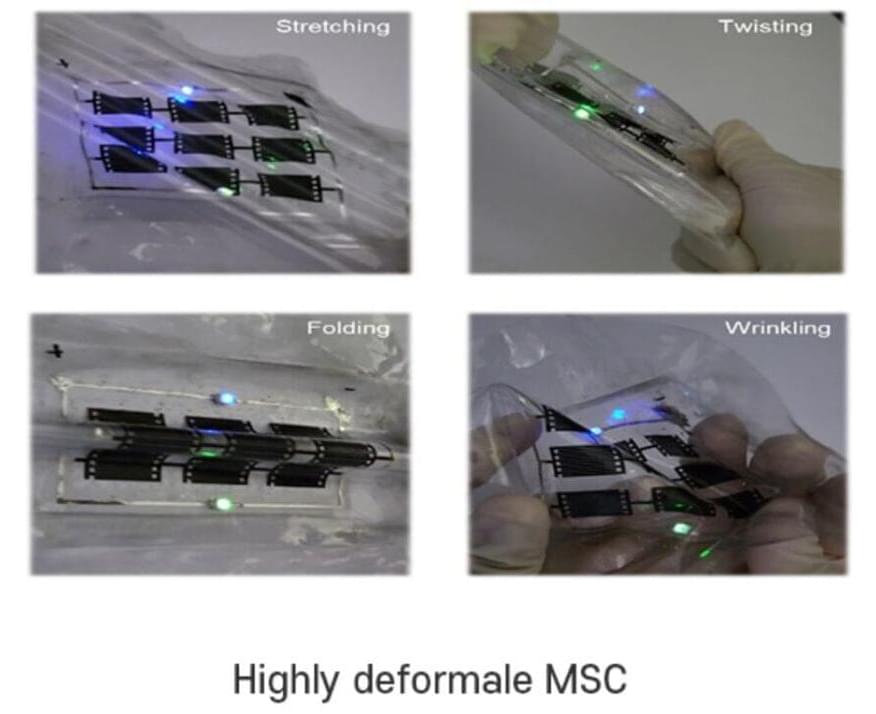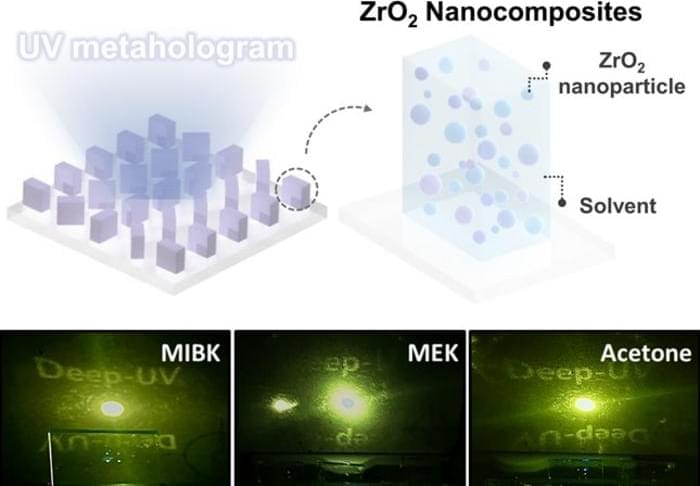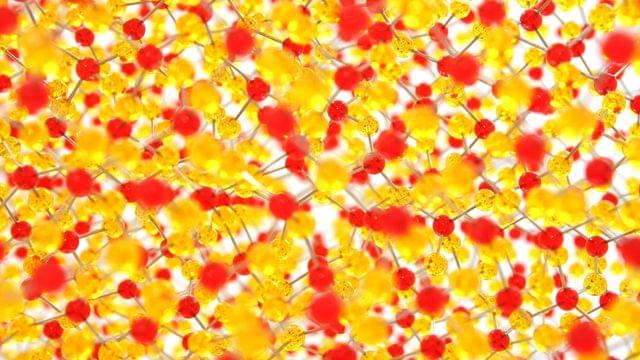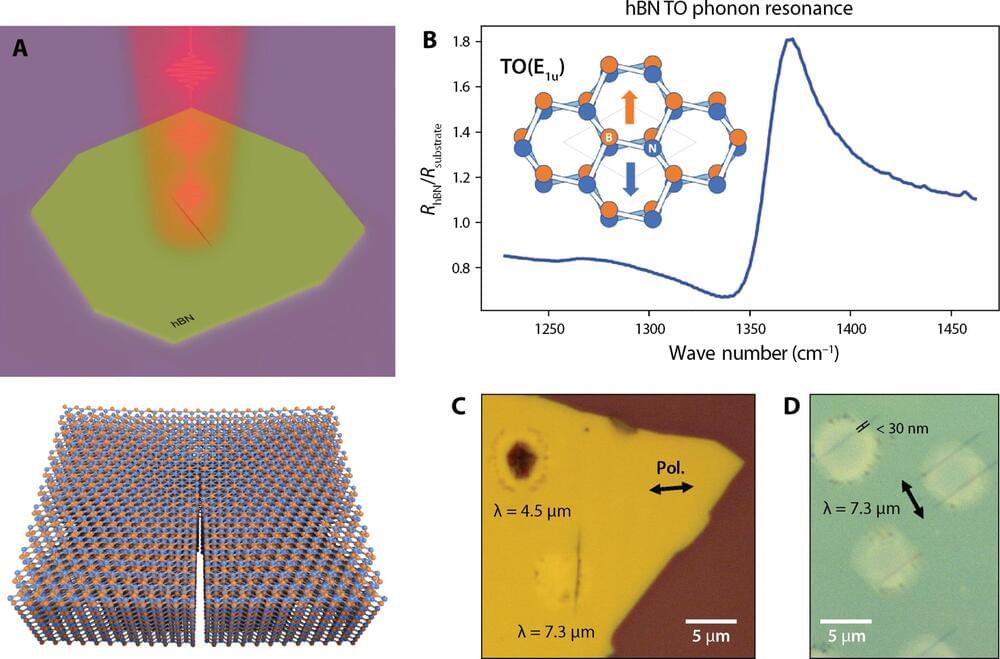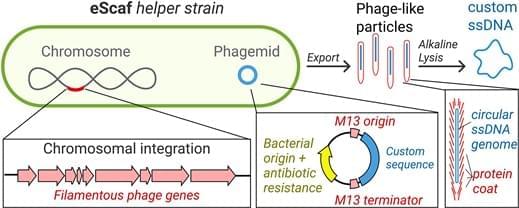Keywords: With sufficiently advanced SETI, we might discover brief broadcasts or occasional episodes of minor galactic engineering occurring in small portions of a very few galaxies. But because of the acceleration of complexification and the vast distances between civilizations, it seems impossible that even an earliest-to-emerge civilization, however oligarchic, could prevent multi-local transcensions in any galaxy. In theory, one can imagine a contrarian civilization releasing interstellar probes, carefully designed not to increase their intelligence (and so, never be able to transcend) as they replicate. But what could such probes do besides extinguish primitive life? They certainly couldn’t prevent multilocal transcensions. There seems no game theoretic value to such a strategy, in a universe dominated by accelerating transcension. Finally, if constrained transcension is the overwhelming norm, we should have much greater success searching for the norm, not the rare exception. As Cirkovic (2008) and Shostak (2010) have recently argued, we need SETI strategies that focus on places where advanced postbiological civilizations are likely to live. In the transcension hypothesis, this injunction would include using optical SETI to discover the galactic transcension zone, and define its outward-growing edge. We should look for rapid and artificial processes of formation of planet-mass black holes, for leakage signals and early METI emanating from life-supporting planets, and for the regular cessation of these signals as or soon after these civilizations enter into their technological singularities.
9.
